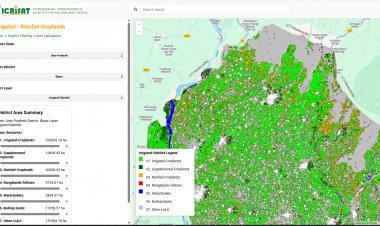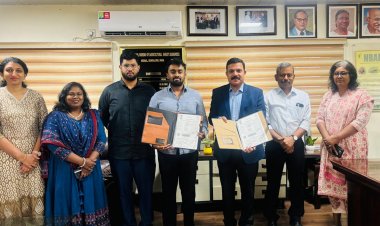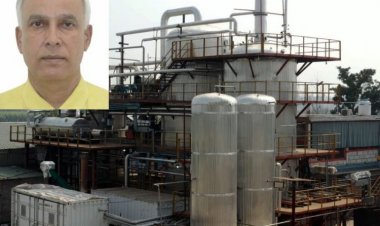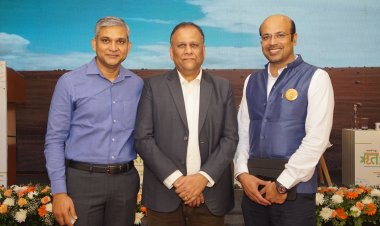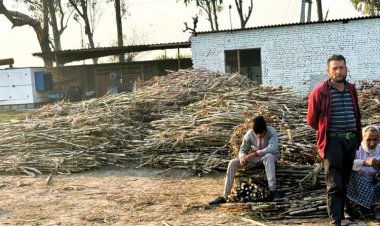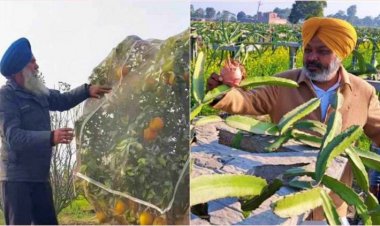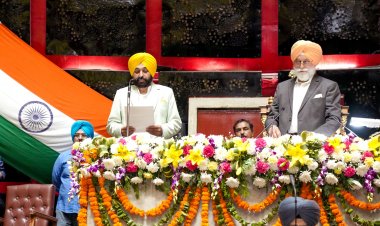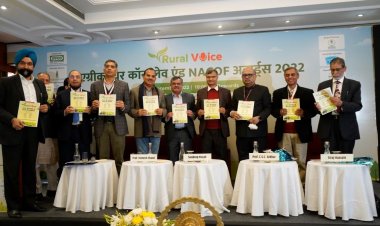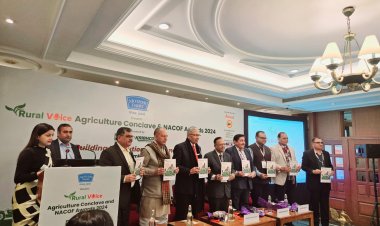Using right technique can lead to saving of fertilizers
Dr Pravin Kumar Upadhyay, an agricultural scientist in the Agronomy Division of IARI, Pusa, says that there are four methods for accurate nutrient management. Their main aim is to ensure better use of fertilizers in crops by the farmers. Fertilizers should be used when the plants need them.
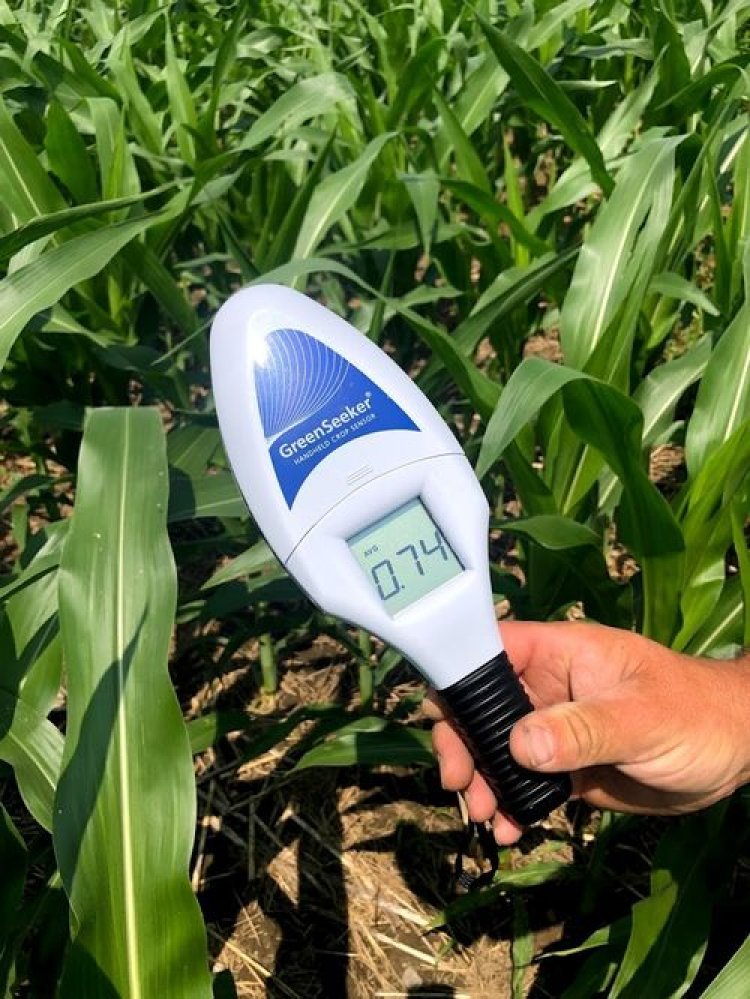
If fertilizers are rightly used in plants, this will not only lead to the saving of fertilizers but also reduce environmental pollution. This is possible only when nutrients are rightly managed in crops. The Indian Agricultural Research Institute (IARI), Pusa, has advised the farmers to use four techniques for this. Dr Pravin Kumar Upadhyay, an agricultural scientist in the Agronomy Division of IARI, Pusa, says that there are four methods for precise nutrient management. Their main aim is to ensure better use of fertilizers in crops by the farmers. Fertilizers should be used when the plants need them.
1. GreenSeeker
Dr Upadhyay says that the GreenSeeker ensures the requirement of nitrogen in crops on the basis of the Normalized Difference Vegetation Index (NDVI). It is being used in large numbers currently. It has been found that the use of this device can substantially reduce the use of nitrogen in crops. Thus, the unnecessary use of fertilizers and the crop cost can both be curbed. GreenSeeker saves about 20 per cent of nitrogen in farming.
2. Chlorophyll meter
According to Dr Upadhyay, the chlorophyll meter is easier to use and more reliable than the conventional nutrient evaluation devices. It indicates the quantity of chlorophyll on the basis of the nitrogen level in leaves. When the average value of the chlorophyll meter is 37.5 in paddy leaves, 30kg of nitrogen should be used. If the value is 42 in wheat leaves, adding 30kg of nitrogen is recommended. We can save up to 30 kilograms per hectare (kg/ha) of nitrogen by using the chlorophyll meter.
3. Decision support systems
Nutrient Expert® is an easy-to-use, interactive and computer-based decision support software for accurate nutrient management. The tool uses a series of dialogues and recommends the 4Rs of nutrient management — right time, right quantity, right method and right source.
4. Leaf Colour Chart (LCC)
Dr Upadhyay says that the Leaf Colour Chart (LCC) is an easy-to-use, readily available tool that has plastic strips with several shades ranging from light green to dark green. It is used for real-time or crop-need-based Nitrogen management in crops. In order to use LCC in crops, first select at least 10 such plants of maize, wheat and paddy as are free from diseases and insects and have leaves fully extended. Try to use the LCC in the morning (8-10 am) and also ensure that sunlight does not fall directly on the leaves during observation, otherwise the leaf colour will not match that in the chart. Ideally, only one person should take the reading.
Table 1. The following are the LCC recommendations in paddy:
|
|
Type of paddy |
LCC value |
Nitrogen per |
|
Kharif paddy |
Non-Basmati |
≤ 4 |
28 |
|
Kharif paddy |
Basmati |
≤ 3 |
23 |
|
Direct seeded |
Non-Basmati |
≤ 3 |
23 |
|
Boro rice |
Non-Basmati |
≤ 4 |
35 |
Similarly, of the quantities of fertilizers fixed for the wheat crop, add one-third of nitrogen and the entire quantity of phosphorus and potash at the time of sowing. At the first irrigation, add 46 kg/ha of nitrogen if wheat has been sown as per schedule or 28 kg/ha if the sowing has been delayed. Add the remaining as fixed by the LCC. This will save nitrogen. Farmers can also use the LCC in the crop of maize and save nitrogen.
Dr Upadhyay says that we can save fertilizers by adopting these techniques, besides reducing the production cost and the environmental pollution. Farmers’ incomes can be increased if they are made to use fertilizers adequately by standardizing the use of the techniques available on the basis of the soil variations at each place due to the climatic, physical and chemical conditions.



 Join the RuralVoice whatsapp group
Join the RuralVoice whatsapp group


















